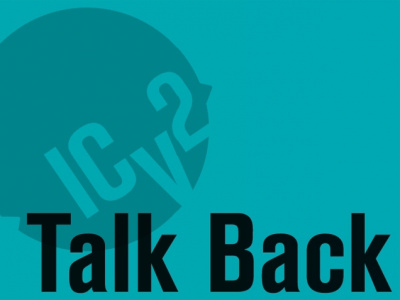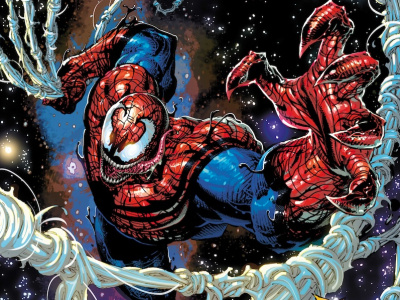Hello again from northern New Jersey. The disparity in ordering strategies between Rich at Dreamland Comics and L. Bowman of the Gamer's Den highlights several problems, issues and perspectives that pervade the comics retailing community. As Brian Hibbs of Comix Experience is always quick to point out, ordering new books is difficult under the best of circumstances. No one wants to sell out of a title on the first day, but not too many folks want to have more than a manageable number of leftover copies at the end of a book's sales period - that is the time between when it releases and the time when the next issue comes out. Having 1-5 extra copies for back issue stock is ok, but more than that could cripple a single store's cash flow dramatically.
I agree that the Gamer's Den does its customers a great disservice by only ordering one copy of a title for the rack. In the case of Namor, I ordered 180 copies of #1 - I put a copy into every reservist's box assuming that most of them would try the book for 25 cents. My gut instinct told me that between 10-15% of the first issue buyers would give the series at least another look, so I ordered 25 copies of #2. After including rack sales and givebacks, we ended up with approximately 140 copies sold of #1 and to date, we have sold 19 copies of #2. This represents a combined 73% sell-through rate, not bad for a book with no history and not terribly damaging since most of the leftovers were the cheaper quarter book that didn't tie up a lot of capital.
However, aggressively seeking reorders can be very damaging as well, even when initial sales of a book are good. This is because most books move out within the first 7-10 days of release and almost always poorly after that. The only exceptions are high profile, high interest titles like Jim Lee's Batman run or The Ultimates, to name two current titles that sell well weeks and months after initial release. Often, the timing of reorder shipments has the reorders arrive only a week or so before the next issue of a title arrives and by then, it is far too late in most cases.
Rich is right to say that a retailer should not make his purchasing decisions based on his personal dislike for a publisher, supplier, or distributor. But he ignores the extremely difficult realities of stocking comics at proper levels when he makes an analogy to eggs and bread, both necessities secured with primary funds - as opposed to comics, which are purely a discretionary item. It is also rare when the supply of foodstuffs is intentionally cut off to supermarkets and grocery stores - that takes labor strife, shortages, accidents and other unforeseen circumstances to occur. The availability of comics after initial release is widely variable according to a publisher's policy, whims, financial capabilities, approach to the market and its' product's placement in that market, etc. etc.







